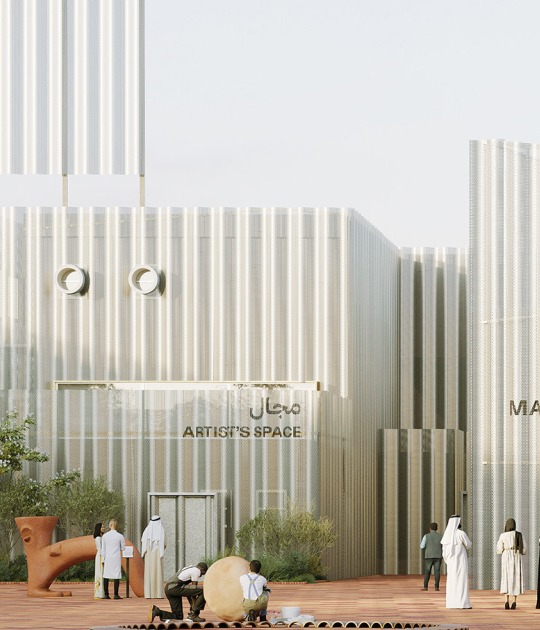Collecting the pass of time...
The house thus becomes a calendar.
It registers the movement of time during the year or during a lifetime...
Children's Room...
A Child inviting an adult at her playing, at her size.
“Papa” vient chez moi!”, as drawn by Le Corbusier.
Parent and child entering the same place from two different doors
A small one and a big one.
A young girl taking her first steps with the help of a miniature chair.
The house
Is a miniature stone in a bonsai landscape;
It is a rock in an artificial landscape of sand.
The house is built around these familiar movements of time passing by:
wrapping furniture, movements and time.
Text.- EMBT
The wooden house for a kolonihaven is a pavilion with a rather loose program, maybe it can be best defined as a device with the function of capturing time, regarded as a cycle: the seasons of the year, the child that grows up…. It is more of a playing space for the members of the family than a house itself.
It was conceived to be built next to a tree in a Kolonihaven, literally “colonial garden.” At the end of the 19th century, the Danish government gave away some plots at the outskirts of Copenhagen, so that citizens could grow their own small gardens or orchards. Moreover, people were allowed to build pavilions where they could stay temporarily in their plots; they would use it to store the tools for the cultivation of flowers, fruits and vegetables, to rest and get away from the routine at the city, or even to meet with friends, family and neighbors. In 1994, trying to promote the nomination of Copenhagen as European Capital of Culture ’96, the government invited 13 internationally renowned architects to re-interpret these rural huts. Miralles and Tagliabue were among them.
The architect couple soon developed a first collage with the basic ideas that they were hoping to explore. Using cuttings from a botany dictionary about plants and flowers, they composed a circular calendar with the flowering period of the plants throughout the year. Next to it laid the reproduction of some drawings from “Le Modulor 2”, by Le Corbusier, where “a child invites an adult at her playing, at her size.” Below, the words “P’pa vient jouer chez moi!” (Dad, come over to my house and play!). That way, father and daughter (probably Enric and young Caterina, whom the architects credit as one of their collaborators) enter the house through two different doors, each at their corresponding sizes.
This statement of intentions reflects time in two aspects: in a more universal sense, like the cycle of nature, the seasons of the year, the harvest...; and also the passage of time in the domestic life of the family, children running around, the parents sitting at a table.
In fact, this domestic scenario translates quite directly into the shape of the pavilion. The plan is generated by drawing the movements of the daughter while she was playing with a chair, while the volumes that compose the pavilion wrap, in the manner of a dress, the playing of the little girl and the posture of the adults sitting at the table. The ceiling varies in height, being very low in the children’s area, with a little door for the entrance; and regular in the area for adults, also with a regular door. The transition from childhood to adulthood is represented by these three stepped volumes, as if the house grew up along with its inhabitants.
Another subject that deserves a reflection is the tree, which stands, according to the plan, next to the lowest volume. The house lays back at the point where it would meet the tree, allowing the top to touch the façade, generating a new interior/exterior space between them and creating a relationship with the garden.
Paradoxically, today the pavilion (constructed in 2002 to be exhibited at MACBA) stands isolated behind a security rope in the gardens of the Pedralbes Palace, in Barcelona, separated from the tree and treated as a museum piece, children not being able to climb it anymore. However, we can always take a look at these amazing documents and imagine how it would feel to sit and relax in this shed/tree after a morning of work at the garden, enjoying nature and watching life go past…
CREDITS.-
Location.-Copenhagen (Denmark).
Client.- Fonden Kolonihaven. Kirsten Kiser.
Architecs.- Enric Miralles/Benedetta Tagliabue.
Project Team.- Ricardo Flores, Fabian Asunción.
Collaborators.- Elena Rocchi, Vibeke Linde Strandby, Hernßn Dφaz Alonso, Leandro López, Caterina Miralles Tagliabue.
Model.- Fabián Asunción, Tom Broekaert.
Photography.- Giovanni Zanzi.
Date.- 1996










































